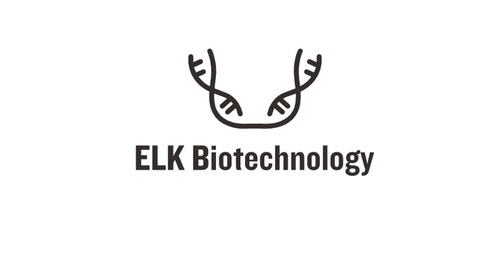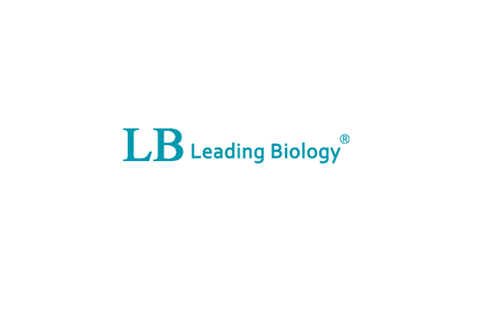Product Description
Human Lactoperoxidase (LPO) ELISA Kit | AE63117HU | Abebio
Species Reactivity: Human (Homo sapiens)
Abbreviation: LPO
Alternative Name: MGC129990; MGC129991; SPO; salivary peroxidase
Application: ELISA
Range: 0.156-10 ng/mL
Sensitivity: 0.056 ng/mL
Intra-Assay: ≤5.2%
Inter-Assay: ≤7.8%
Recovery: 0, 84
Sample Type: Serum, Plasma, Other biological fluids
Detection Method: Sandwich
Analysis Method : Quantitive
Test Principale: This assay employs a two-site sandwich ELISA to quantitate LPO in samples. An antibody specific for LPO has been pre-coated onto a microplate. Standards and samples are pipetted into the wells and anyLPO present is bound by the immobilized antibody. After removing any unbound substances, a biotin-conjugated antibody specific for LPO is added to the wells. After washing, Streptavidin conjugated Horseradish Peroxidase (HRP) is added to the wells. Following a wash to remove any unbound avidin-enzyme reagent, a substrate solution is added to the wells and color develops in proportion to the amount of LPO bound in the initial step. The color development is stopped and the intensity of the color is measured.
Product Overview: Lactoperoxidase is a peroxidase enzyme found in milk. It is able to form reactive bromine and iodine species, resulting in natural organobromine and organoiodine substances, and can therefore be categorised as a haloperoxidase. It is fairly heat resistant and was widely used as an indicator of overpasteurization of milk.Freshly isolated and purified samples of goat LPO were saturated with ammonium iodide and crystallized using 20% polyethylene glycol 3350 in a hanging drop vapor diffusion setup. Goat LPO consists of a single polypeptide chain of 595 amino acid residues and folds into an oval-shaped structure. The structure contains 20 well-defined alpha-helices of varying lengths including a helix, H (2a), unique to LPO, and two short antiparallel beta-strands.
Stability: The stability of ELISA kit is determined by the loss rate of activity. The loss rate of this kit is less than 5% within the expiration date under appropriate storage condition. The loss rate was determined by accelerated thermal degradation test. Keep the kit at 37°C for 4 and 7 days, and compare O.D.values of the kit kept at 37°C with that of at recommended temperature. (referring from China Biological Products Standard, which was calculated by the Arrhenius equation. For ELISA kit, 4 days storage at 37°C can be considered as 6 months at 2 - 8°C, which means 7 days at 37°C equaling 12 months at 2 - 8°C) .
 Euro
Euro
 USD
USD
 British Pound
British Pound
 NULL
NULL








